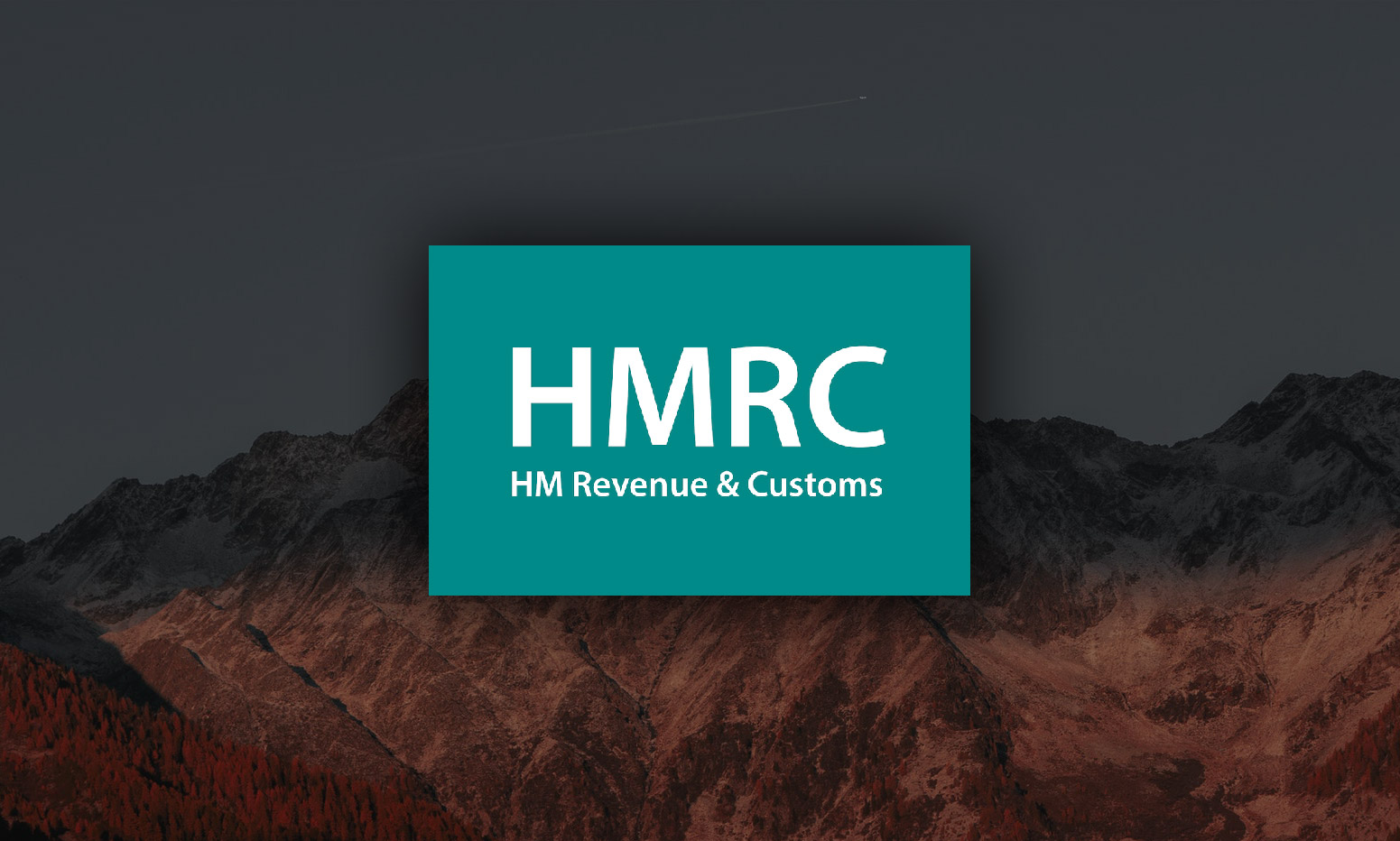How HMRC Is Using Voice Recognition To Reduce Call Waiting Times

Table of Contents
Improving Customer Service with Voice Recognition Technology
HMRC's implementation of voice recognition technology is dramatically improving the taxpayer experience. This sophisticated system offers several key advantages, transforming how taxpayers interact with the tax authority.
-
Faster Access to Information and Services: Voice recognition allows taxpayers to quickly access the information and services they need without navigating complex phone menus. Simply stating your query often gets you directly to the relevant information or a representative.
-
24/7 Availability: Unlike traditional call centers with limited operating hours, voice recognition systems provide 24/7 access to information and basic services. Taxpayers can access their accounts, check their tax status, and get answers to frequently asked questions anytime, day or night.
-
Reduced Frustration from Lengthy Wait Times: This is the most significant benefit. By automating many common queries, voice recognition drastically reduces call waiting times, eliminating the frustration associated with lengthy holds.
-
Improved Accuracy in Handling Queries: Voice-to-text technology, coupled with Natural Language Processing (NLP), ensures a higher degree of accuracy compared to manual data entry, minimizing errors in processing tax information.
-
Personalized Assistance: Advanced voice recognition systems can be tailored to recognize individual taxpayers, providing a more personalized and efficient service.
Streamlining Processes and Reducing Operational Costs for HMRC
The benefits of voice recognition extend beyond improved customer service; it also significantly improves HMRC's operational efficiency and reduces costs.
-
Automated Call Routing Based on Voice Commands: The system intelligently routes calls based on the taxpayer's spoken request, directing them to the appropriate department or agent, improving efficiency.
-
Reduced Need for Large Call Center Staff: Automation reduces the reliance on a large call center workforce for handling routine queries, freeing up human agents to focus on more complex issues.
-
Faster Processing of Tax Information and Requests: Automated data entry through voice recognition speeds up the processing of tax information and requests, leading to quicker responses and improved turnaround times.
-
Improved Data Accuracy: Automated data entry minimizes human error, leading to greater accuracy in tax records and calculations.
-
Better Resource Allocation: By streamlining processes, HMRC can better allocate its resources, optimizing its operational efficiency and focusing on strategic initiatives.
The Technology Behind HMRC's Voice Recognition System
HMRC's voice recognition system utilizes state-of-the-art technology to provide accurate and efficient service. While the specifics are kept confidential for security reasons, the system likely incorporates several key components:
-
Natural Language Processing (NLP) and Speech-to-Text Technology: This technology converts spoken language into text, enabling the system to understand and interpret taxpayer queries.
-
Artificial Intelligence (AI) and Machine Learning: AI and machine learning algorithms continuously improve the system's accuracy and efficiency by learning from past interactions and adapting to changing language patterns.
-
Handling Various Accents and Dialects: The system is designed to handle a wide range of accents and dialects, ensuring accessibility for all taxpayers.
-
Robust Security Measures: Stringent security measures are in place to protect taxpayer data and maintain confidentiality.
Challenges and Future Developments of Voice Recognition at HMRC
While the adoption of voice recognition has been largely successful, HMRC continues to address challenges and explore future developments:
-
Addressing Potential Inaccuracies in Voice Recognition: While accuracy is high, occasional misinterpretations can occur, requiring ongoing refinement of the system.
-
Handling Complex or Unusual Queries: The system may struggle with highly complex or unusual queries that require nuanced understanding and human intervention.
-
Ensuring Data Privacy and Security: Maintaining the privacy and security of taxpayer data remains a top priority, requiring continuous monitoring and improvement of security protocols.
-
Integration with Other HMRC Systems: Integrating the voice recognition system with other HMRC systems will enhance efficiency and data flow across the organization.
-
Future Plans for Expanding the Use of Voice Recognition Technology: HMRC is likely to explore expanding the use of voice recognition technology to other areas of its operations to further improve efficiency and taxpayer service.
Conclusion
HMRC's adoption of voice recognition technology is significantly improving the taxpayer experience and operational efficiency. The system's benefits are clear: reduced call waiting times, improved customer service, and streamlined processes leading to cost savings. By embracing this innovative technology, HMRC is modernizing its services and providing a more efficient and user-friendly experience for all taxpayers. Reduce your call waiting time with HMRC's innovative voice recognition system. Visit the HMRC website today to learn more!

Featured Posts
-
 Robin Roberts Gma Family Announcement A New Addition
May 20, 2025
Robin Roberts Gma Family Announcement A New Addition
May 20, 2025 -
 Rhea Ripley And Roxanne Perez Secure Money In The Bank Spots For 2025
May 20, 2025
Rhea Ripley And Roxanne Perez Secure Money In The Bank Spots For 2025
May 20, 2025 -
 Hinchcliffes Wwe Appearance A Disappointing Report Segment
May 20, 2025
Hinchcliffes Wwe Appearance A Disappointing Report Segment
May 20, 2025 -
 Jennifer Lawrence And Cooke Maroney Welcome Second Child
May 20, 2025
Jennifer Lawrence And Cooke Maroney Welcome Second Child
May 20, 2025 -
 Surfaces North American Tour A Look Inside Suki Waterhouses Disco Vision
May 20, 2025
Surfaces North American Tour A Look Inside Suki Waterhouses Disco Vision
May 20, 2025
